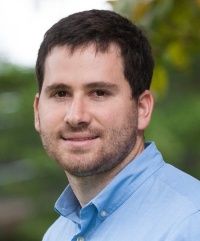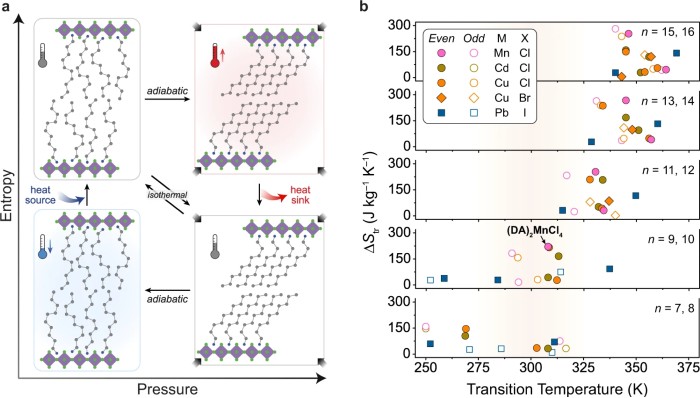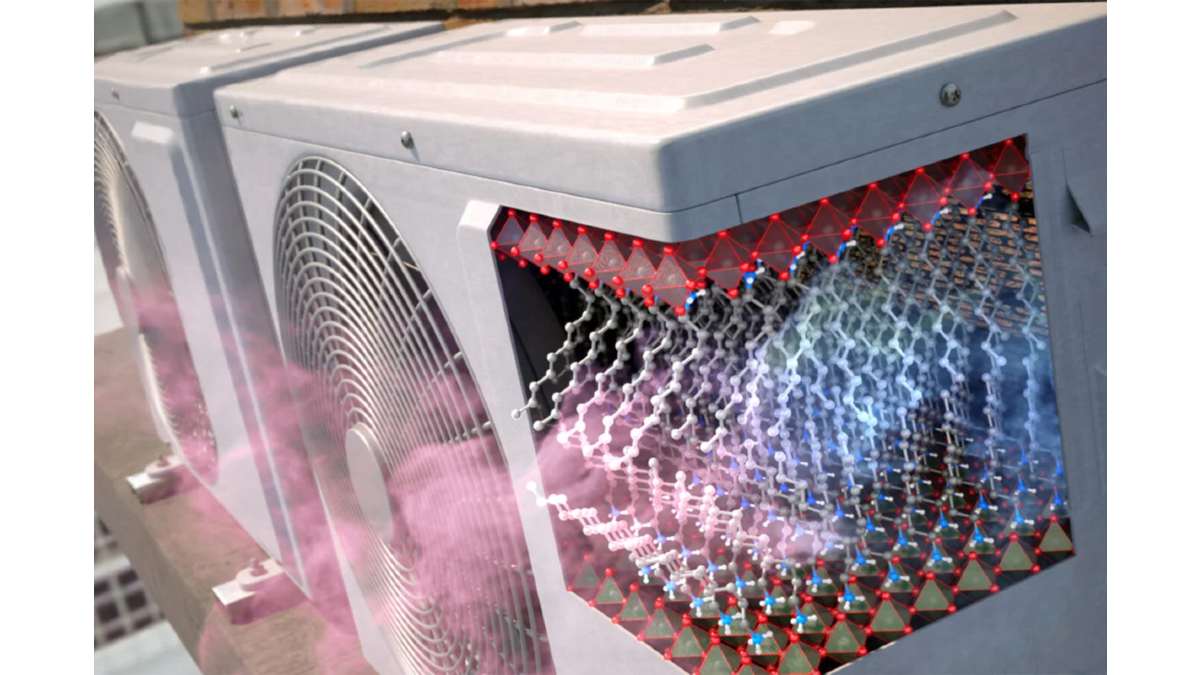United States. An alternative under development, which Harvard says could "unlock" eco-friendly air conditioning, allows solid-state cooling thanks to the use of two-dimensional perovskites, which release no harmful emissions and use low driving pressures.
Now, two-dimensional perovskites, known as 'barocaloric materials' and recently used in the generation of solar cells, release and absorb heat in response to pressure changes, as they expand and contract. This effect is similar to what happens when you stretch a balloon while you inflate it and you can feel it warm up against your lips.
In other words, these materials release heat when pressurized or stressed, but without releasing harmful emissions, so this mechanism can remove heat in the solid state using low conduction pressures. So it works in a completely different way than traditional technology.
A Harvard publication said this new mechanism for solid-state cooling has the potential to overcome the limitations of traditional vapor compression cooling technology, which has remained virtually unchanged since the early twentieth century.
Jarad Mason, lead author of the paper, an assistant professor of chemistry and chemical biology at Harvard, said its purpose was to move away from vapor compression systems.
 "Our approach is to take an in-depth look at the intrinsic properties of these materials to see what is possible in terms of solid-state cooling as a sustainable alternative."
"Our approach is to take an in-depth look at the intrinsic properties of these materials to see what is possible in terms of solid-state cooling as a sustainable alternative."
From the classic to the revolutionary
To explain it better, it is necessary to understand that normally HVAC (vapor compression) systems work by circulating a refrigerant (volatile fluid) that evaporates and condenses under variable pressures, through metal coils to cool the air in an enclosed space and expel the heat that it had to the outside.
The concern and search to improve this system, arises because according to the publication "The Role of Refrigeration in the Global Economy" (2019) the refrigeration sector consumes about 20% of the total electricity used worldwide. In addition, "refrigerant leaks are greenhouse gases a thousand times more potent than carbon dioxide."
The development process
First, the team identified two-dimensional perovskites as ideal substitutes because they undergo phase transitions that can be reversibly driven under minimal pressure, while remaining in a solid state, this because the more a material can change its entropy, the more effective it can be at executing cooling cycles.

In this sense, since two-dimensional perovskites possess organic bilayers capable of undergoing large entropy changes, when their hydrocarbon chains change between ordered and disordered states, the team anticipated that these could serve as a highly adjustable solid-state cooling material, capable of operating at lower pressures than previously thought possible.
The team then synthesized the materials in their lab and tested them on a high-pressure calorimeter to measure changes in heat flow in the material under different pressures and temperatures. These experiments revealed how much heat can be removed in a potential cooling cycle and how much pressure is needed to drive the cycle reversibly.
Mason said: "As soon as we started testing the material, we realised that we could remove a lot of heat with a very small pressure change. From that moment on, we knew there was going to be something interesting here."
The researchers then conducted high-pressure powder X-ray diffraction experiments at Argonne to understand phase changes at the molecular level. Thanks to the X-ray synchrotron, it was possible to characterize how the structure of each material changes at different temperatures and pressures.
Jinyoung Seo, one of the members of this task force and a member of Mason's laboratory, commented: "It is worth studying these materials beyond their promising performance. They can also be useful for chemists to understand the fundamental properties that are critical to realizing this technology at scale."
Future projects
Mason's lab plans to proceed with manufacturing prototypes of barocaloric cooling devices, while continuing to explore the potential use of different materials.
"We will probably use next-generation materials for the prototype device. We are trying to find new technologies to address the challenge of refrigeration." Seo said.
If you are interested in reading more about this research, called "Colossal Barocaloric Effects with Ultra-Low Hysteresis in Two-Dimensional Metal Halide Perovskites" you can do so here.















